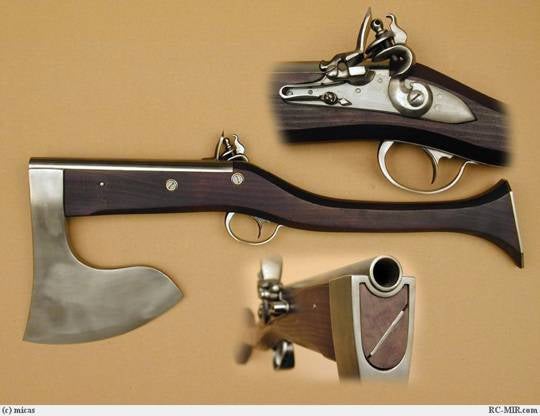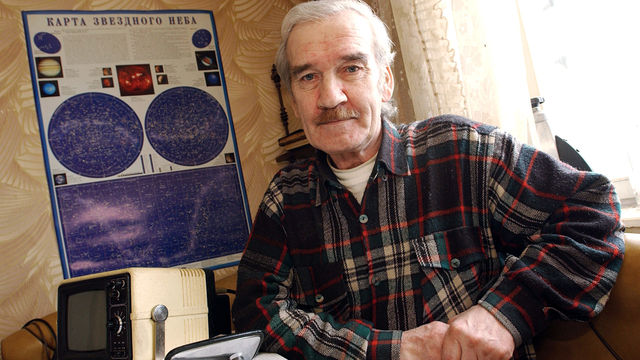As Commandant Lassard used to say; "Many, many, many." lets shift tack shall we?
This axe-gun should keep Pa happy when off zombie hunting dont'cha think?

You think the writing is on the wall?
Pa's anti-zombie arsenal is fairly comprehensive, it has to be with the things wandering loose in his basement. I don't think he has one of those axe guns though.
Sent from my GT-I9300 using Tapatalk 4


